The Spectacular Revival Of The Bizzarini 5300 GT Corsa
Whitnessing the rebirth of a legendary Italian racing car that took the fight to the Big Three.

The story of Bizzarini S.p.A. is one of the most fascinating ones in automotive history. Here we have a new car manufacturer set up by former Alfa Romeo, Ferrari and ISO engineer Giotto Bizzarini, taking the fight to some of the most illustrious Italian names. The story was short-lived, as it only lasted from 1964 until 1969. During those years, Bizzarini built about 140 cars, mostly built on the ISO Grifo platform which he helped developed during his time working with Renzo Rivolta for ISO Rivolta. Bizzarini cars were high-performance sports cars capable of competing with the best of the best in the day, both on the road and on track. One of the best-known examples is the Bizzarini 5300 GT Corsa, which won the 5,000cc-and-over class in the 24 Hours of Le Mans in 1965. Following several failed attempts to revive the brand since it went belly up, Bizzarini is now back with the 5300 GT Corsa Revival and it looks absolutely amazing!
Giotto Bizzarini worked for several fabled Italian manufacturers as a racing designer and builder, and as such had a deeply rooted passion to go racing. He worked for Alfa Romeo for three years, following his graduation as an engineer from the University of Pisa in 1953. He worked on the chassis development of the Alfa Romeo Giulietta, although he much rather would have worked on engine development. By 1957 he would leave Alfa Romeo for Ferrari to become a test driver. He quickly was appointed to lead experimental sports and GT car developments. During his time working for Ferrari, he developed the 250 GT, 250 Testa Rossa and its 3-litre V12 engine, and 250 GT SWB.
His crowning glory for the Cavallino Rampante, however, would be the legendary Ferrari 250 GTO. Through a series of experiments, a 250 GT SWB (Short Wheel Base) was turned into the 250 GTO. This had a drastically reshaped body for improved aerodynamic performance, with the engine mounted lower and back in the chassis to improve handling. The car made history, and today is considered among the very best ever made. Whenever one of the cars comes up for auction, which is extremely rare as Ferrari built only 36 of them, records tend to be broken. Giotto Bizzarini’s personal developmental 250 GT SWB prototype, chassis #2463GT, is still around, with a unique body built by Mario Boano.
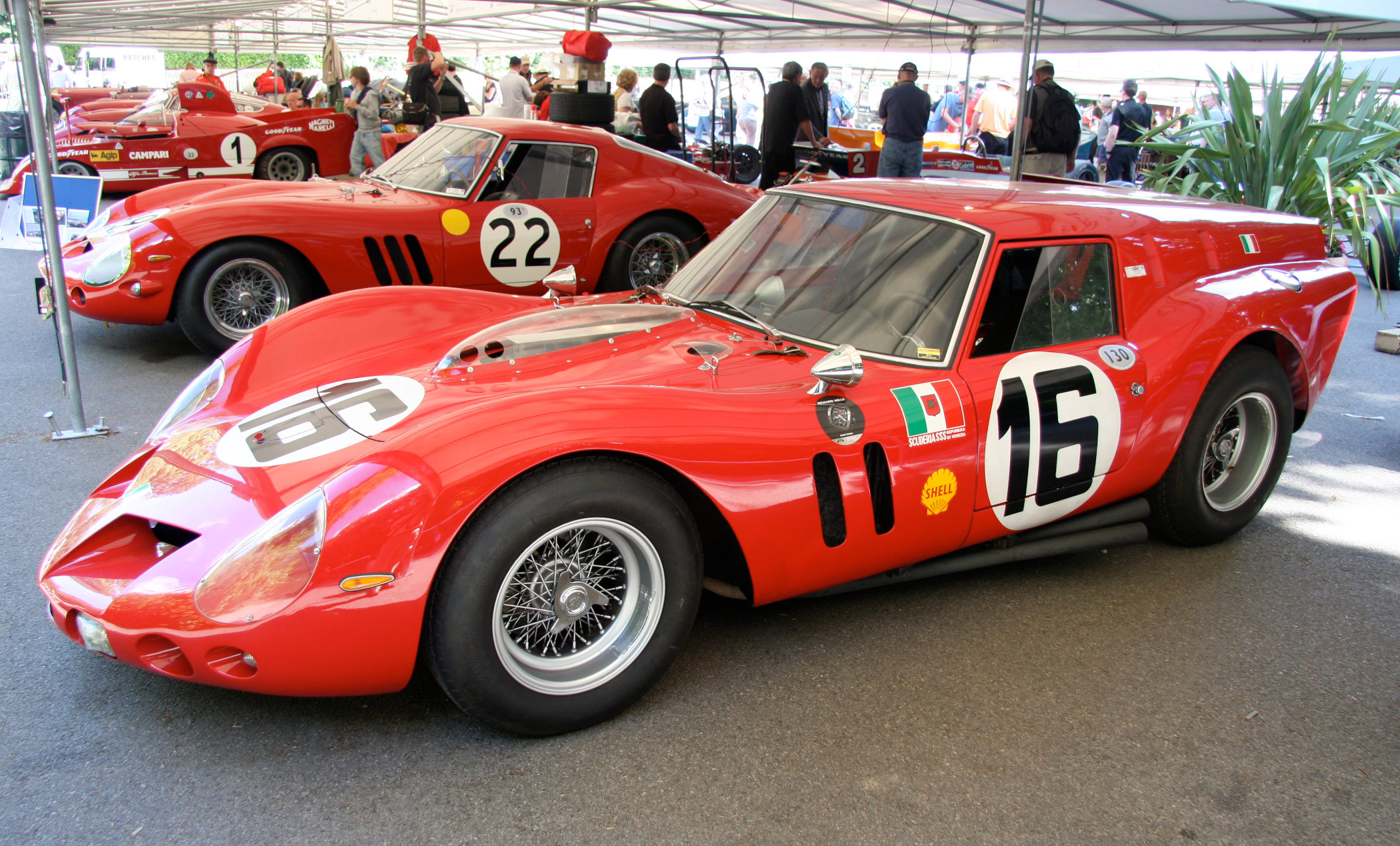
Following a drastic shake-up of Ferrari’s engineering staff, Giotto Bizzarini was one of five engineers who packed up and left to form Automobili Turismo e Sport or ATS. This newly founded company had the goal of building a Formula 1 car alongside a GT-type sports car. In F1 the company only entered 5 races with no success, and only 12 road cars were built before the company went bankrupt.
In 1962 Count Giovanni Volpi hired Giotto Bizzarini to rework a Ferrari 250 GT SWB into a GTO, which upset Ferrari greatly. Refusing to sell a new 250 GT SWB chassis to Count Volpi, Bizzarini had to make do with a used one. The result was the Ferrari Breadvan, with a unique aerodynamic shape and a roof section that extends to the rear of the car.
Giotto Bizzarini would also be commissioned to develop cars for Iso Autoveicolli S.p.A, better known as Iso Rivolta. This included the ISO Rivolta IR 300 and ISO Griffo sports cars, but a fall-out between Giotto and Renzo Rivolta over ISO’s racing program meant the end of the collaboration. Giotto soldiered on under his own name, rebuilding the ISO Grifo into the 5300 GT Strada and Corsa. The 5300 GT look extremely similar to the Griffo, with a low-slung body designed by Giugiaro in typical 1960s Italian style. Fitted with a 5,3 litre Chevrolet V8 the 5300 GT could accelerate from 0 to 100kph in under 7 seconds and achieve a top speed of 280kph (174mph). Chassis 0222 took home a class win and ninth overall finish at the 24 Hours of Le Mans race in 1965, the 5300 GT Corsa’s greatest racing success.
In 2020 the Bizzarini story would enter a brand new era as Pegasus Brands bought the rights to the name, and announced plans to revive it. The first result of that endeavour is the Bizzarini 5300 GT Corsa Revival, which you can see in the pictures here. Headed by car industry expert and businessman Dr. Ulrich Helmut Bez, former Aston Martin CEO, the 5300 GT Corsa has been meticulously recreated. It is built using the original blueprints, parts from original suppliers and the input of experts and specialists. An original panel, hidden from light when it was first painted somewhere between 1964 and 1969 was used to determine the exact tone of red Bizzarini would paint his cars in. Known as Bizzarini Rosso Corsa, the paint was colour-matched for the Revival car.
The Bizzarini 5300 GT Corsa Revival sees a few updates over the original race car, such as a composite body instead the fibreglass original, and a newly shaped fuel cell designed using 3D scanning technology to achieve the best possible fitment inside the chassis. An FIA Historic Racing compliant six-point roll cage is also installed, making each of the 24 cars to be built eligible for historic events sanctioned by the FIA. The body features a livery inspired by the race car it’s based on, with white roundels and black numbers on the hood, doors and back.
It’s surprising that Giotto Bizzarini managed to squeeze in the massive 5,3 litre Chevrolet V8 in the nose of the car considering the tightly draped body. The engine is mounted as low as possible and backed up as much as possible thanks to a dry-sump oil system shaving much-needed inches off the engine’s overall height. The Revival car sees the same type of engine used, fitted with Weber 45 DCOE carburettors. Power goes through a manual gearbox and is fed to the rear wheels only. Upgraded independent suspension and disc brakes all around ensure it stays on the road as best as possible. Weighing in at 1,250 kilos, with perfect corner-to-corner weight distribution, and having over 400 horsepower on tap, the 5300 GT Corsa Revival is surely to be a potent racer in the hands of someone with a bit of skill.
The plan is to build each of the 24 cars as close as possible to the original 1965 Le Mans contender, with the aforementioned modern upgrades here and there. It is possible though, to have the car registered for road use as well, which will be an absolute riot to experience! You could also pot for a full carbon fibre body if you want, but that does mean you’re no longer able to compete in Historic Racing events that run according to FIA regulations. Each customer can spec his or her Bizzarini 5300 GT Corsa Revival as desired but I sincerely hope each one will look like the one shown in the pictures. It is just a fantastic project and it does justice to Giotto Bizzarini’s legacy.
For more information, please visit Bizzarini.com


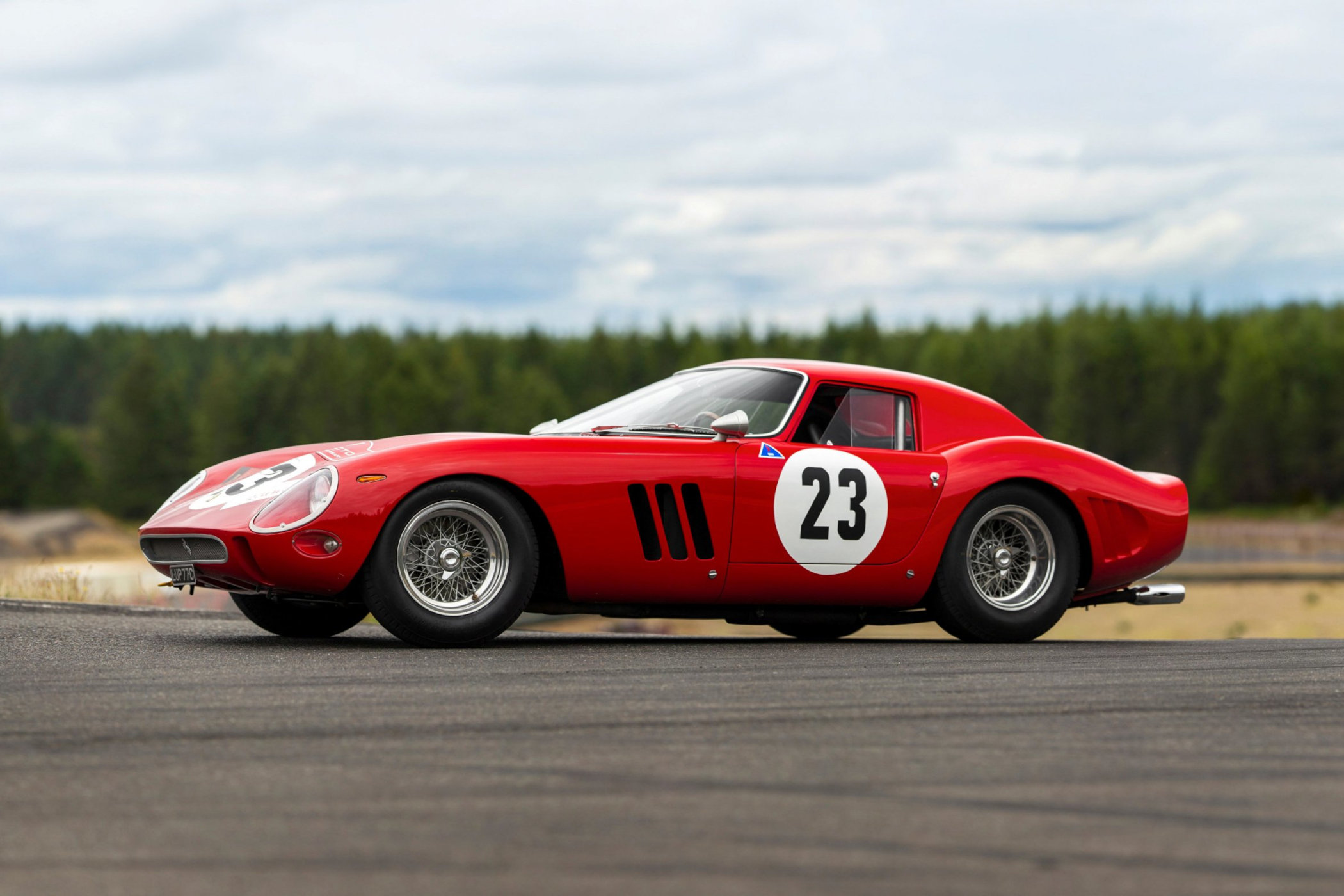



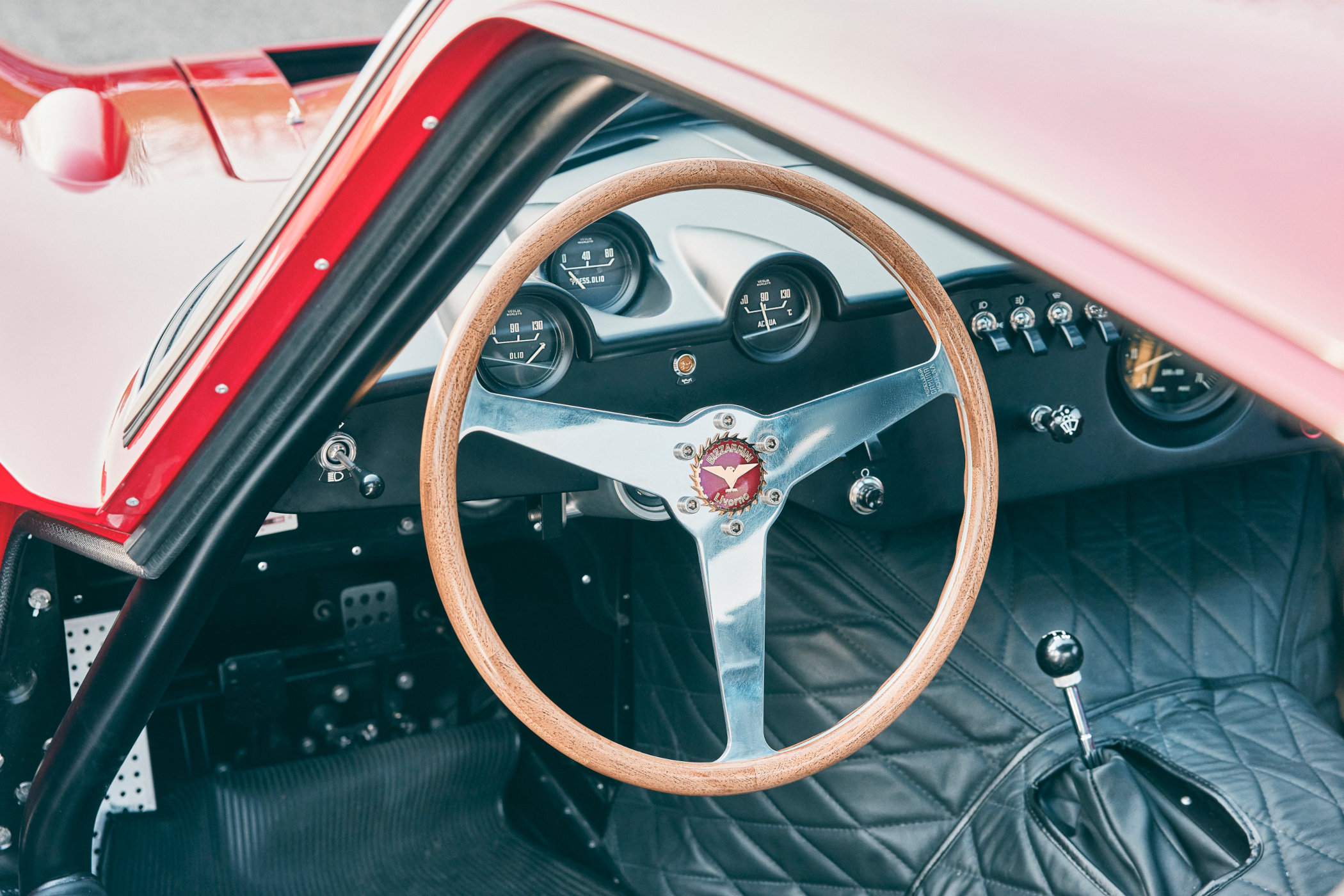
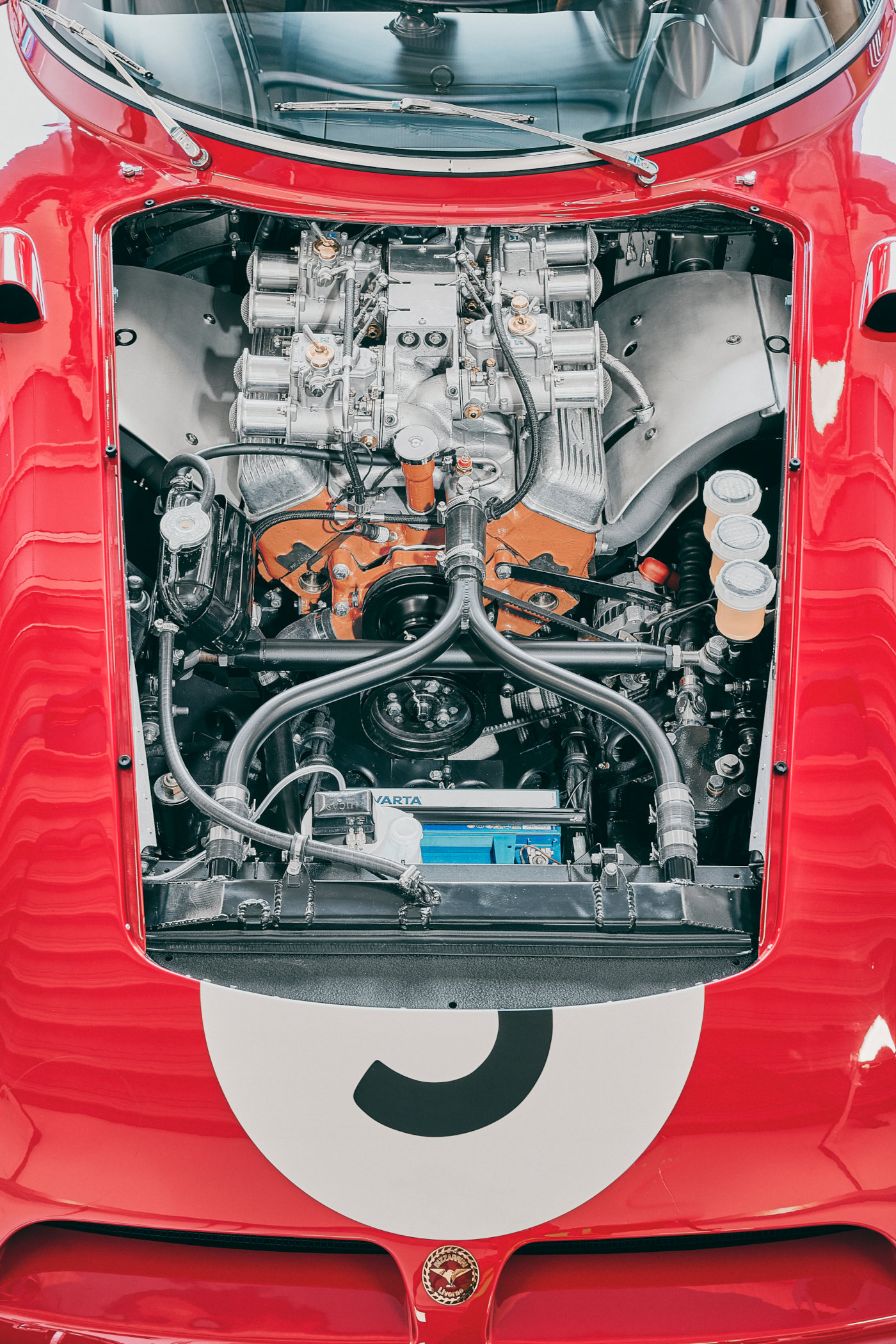
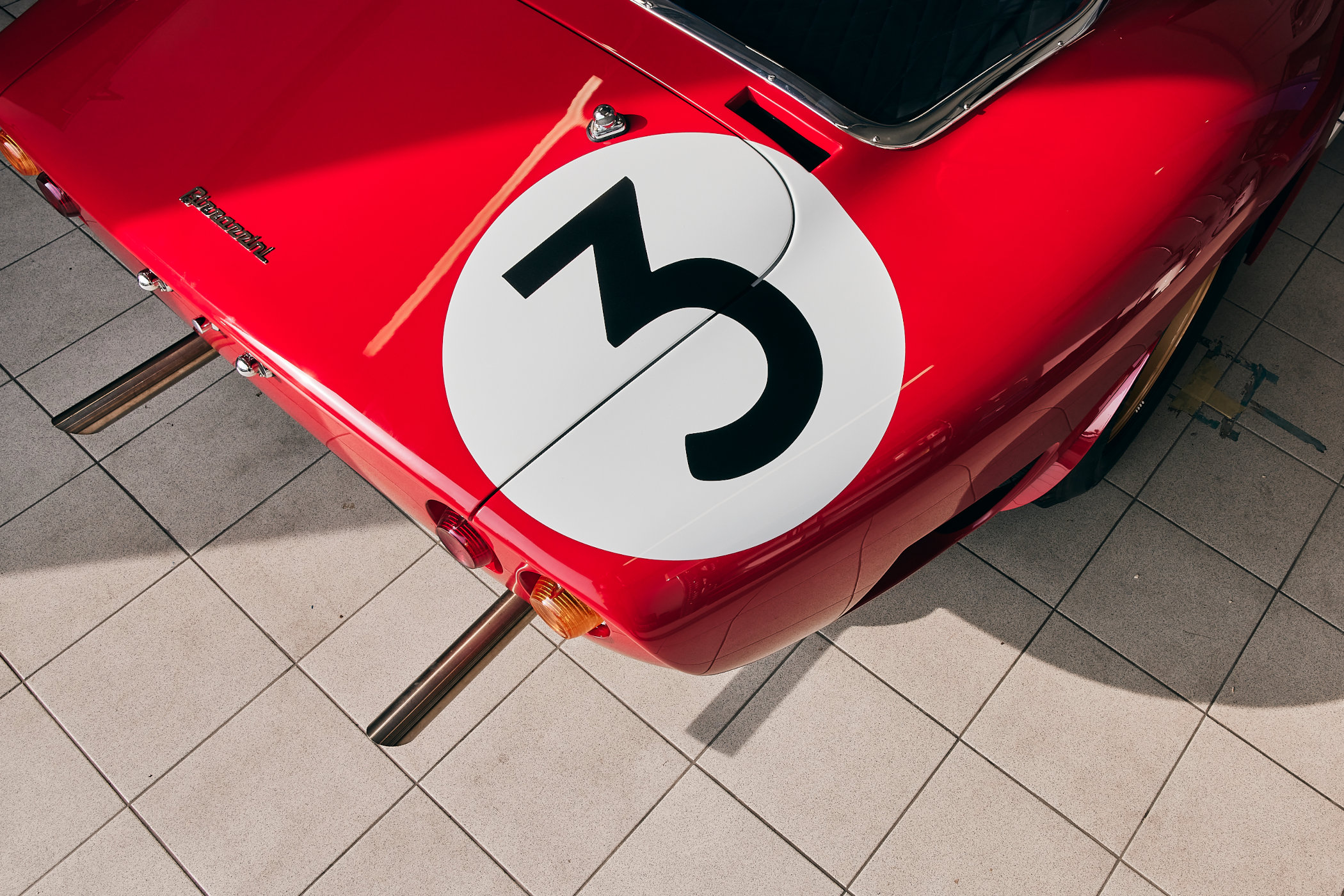








1 response
Wasn’t the original made in revetted aluminium panels?